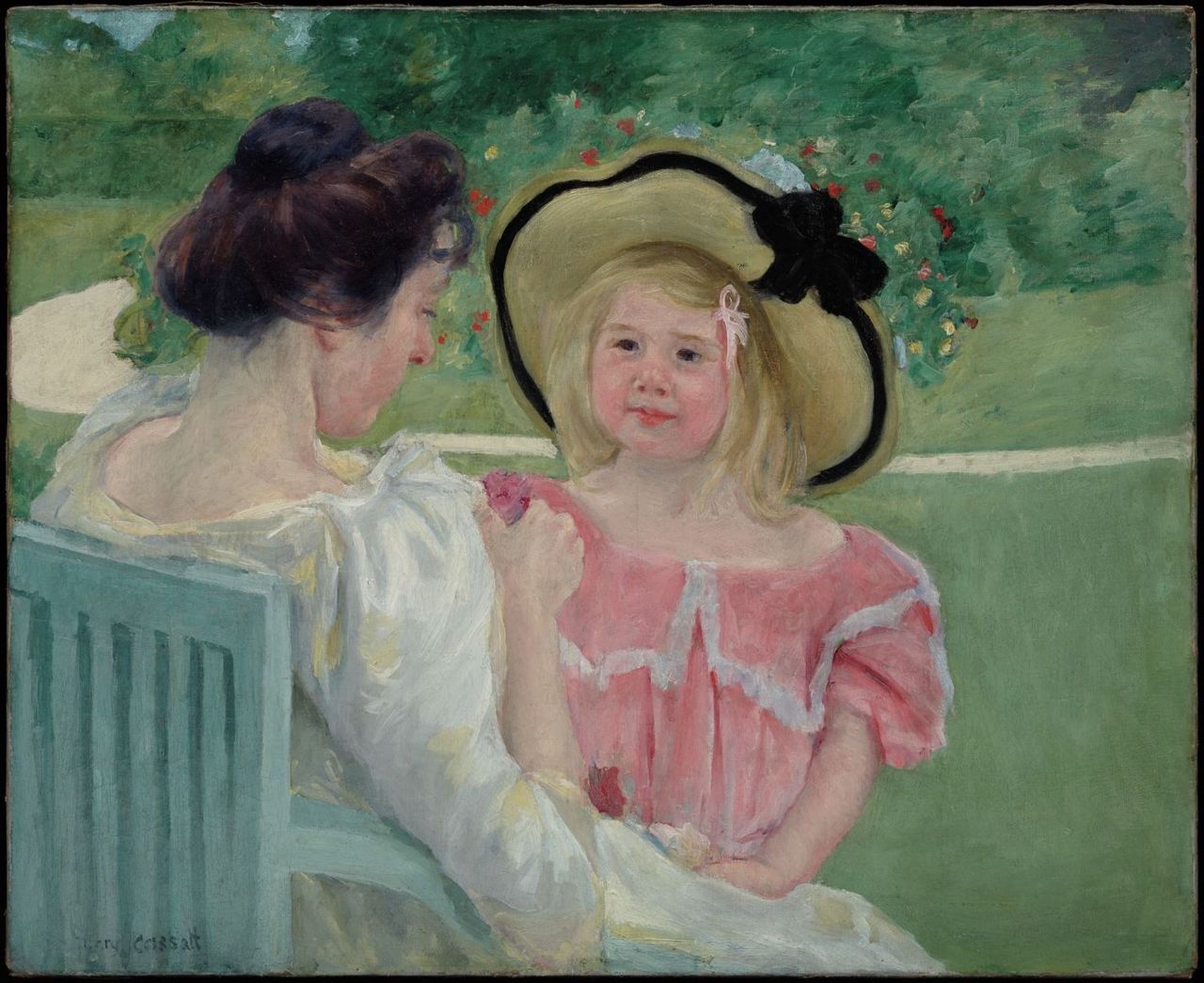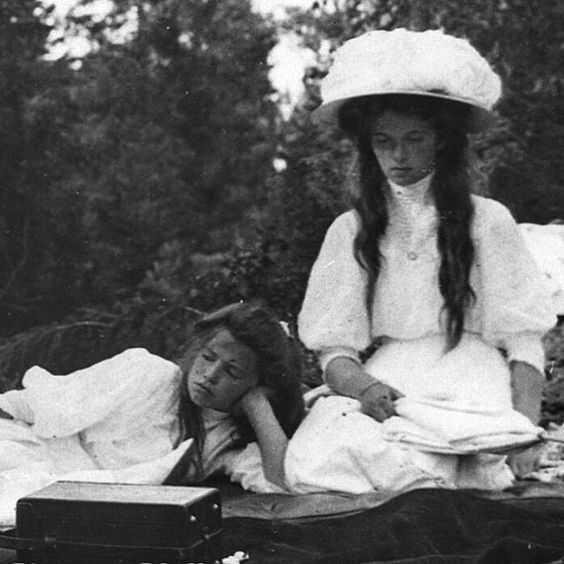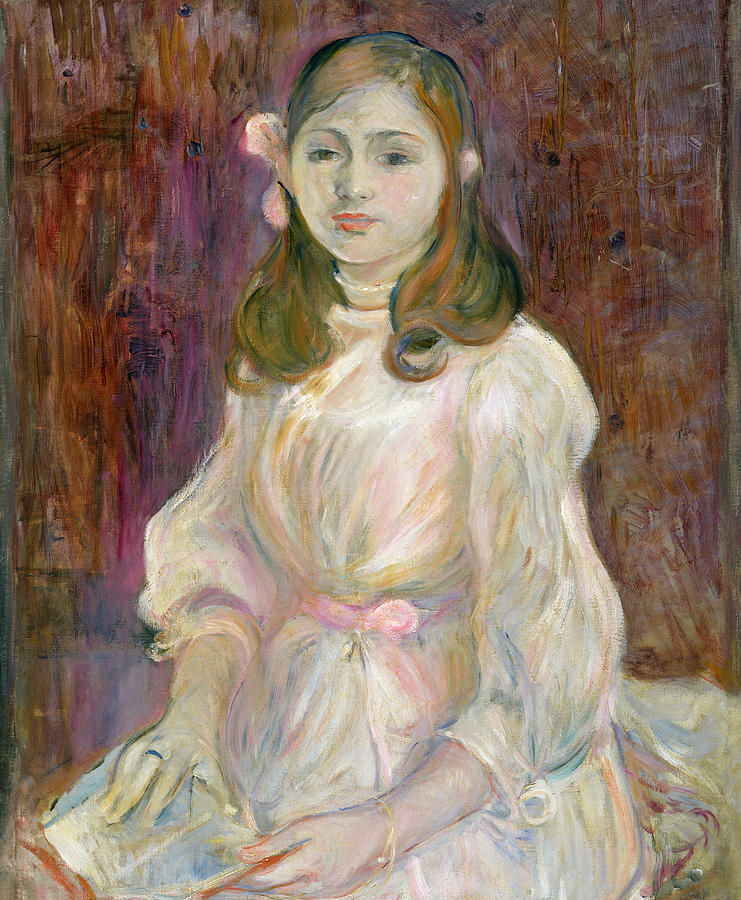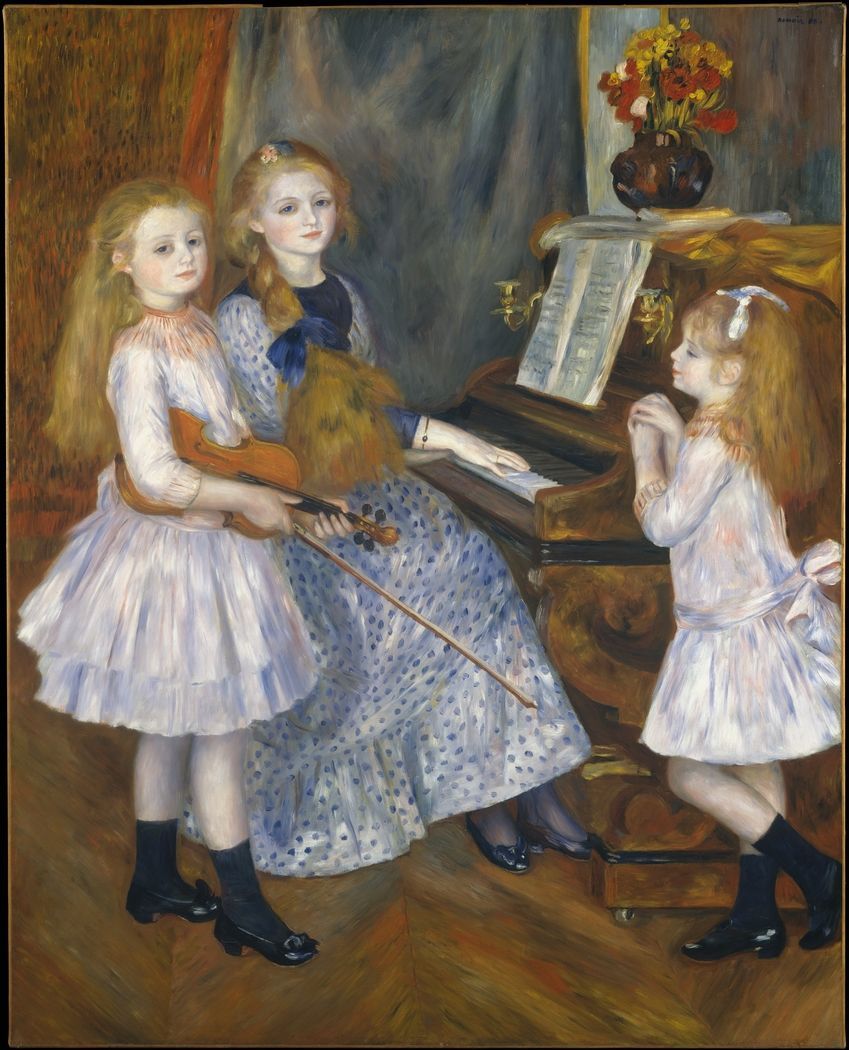On this rainy, idle and grey Sunday afternoon, I am dreaming of sunnier, warmer and prettier places; of slow walks by the river, picking flowers and wearing straw hats, of first strawberries and little snails in the dew-drenched morning grass, of blooming roses, neat gardens and little houses of idyllic streets, of gentle green weeping willow leaves, lily ponds, romantic cottages, play of sunlight on the river, pink sunsets, picnics, picking fragrant wild flowers, blowing soap balloons, reading a book under a shade of a tree, life en plein air, like an Impressionist, breathing in the blueness of the sky! Free, happy and oblivious to the passing of time. This idyllic vision of life reminds me of Impressionist paintings and turn of the century, 1890s and Edwardian era, photographs. This is where my thoughts wander these days, and I found a lot of pretty pictures that mostly feature girls wearing white dresses, often with lace details, straw hats or bows in their long voluminous hair, Evelyn Nesbit for one had gorgeous hair.
“I felt like sleeping and dreaming in the grass.”
(Jack Kerouac, Dharma Bums)
 Olga Nikolaevna & Anastasia Nikolaevna in the Finnish Skerries, summer 1910
Olga Nikolaevna & Anastasia Nikolaevna in the Finnish Skerries, summer 1910
A lot of these girls are actually the Romanov sisters; Olga (1895-1918), Tatiana (1897-1918), Maria (1899-1918) and Anastasia (1901-1918), whose day to day life before the war and the revolution was pretty carefree and simple, which is unusual for the life at court. I found all the pictures of Romanov sister on this tumblr and there’s plenty to see, I just chose the pics that I found the prettiest. I love Edwardian fashion for girls; unlike grown up women, girls would wear their dresses shorter, reaching the knees, and their hair down, decorated with a bow or two perhaps, and I think this look is more than wearable nowadays too. It’s cute, charming and not unattainable! And the pictures all seem to tell a story. The past seems tangible and real. The girls are seen laughing, playing, hugging, drawing, celebrating birthdays or name days, and it makes me feel that they were girls just as I am, and I wanna join them in their pursuits.
“Sauvage, sad, silent,
as timid as the sylvan doe,
in her own family
she seemed a strangeling.”
(Pushkin, Eugene Onegin)

Anne of Green Gables, by John Corbet.
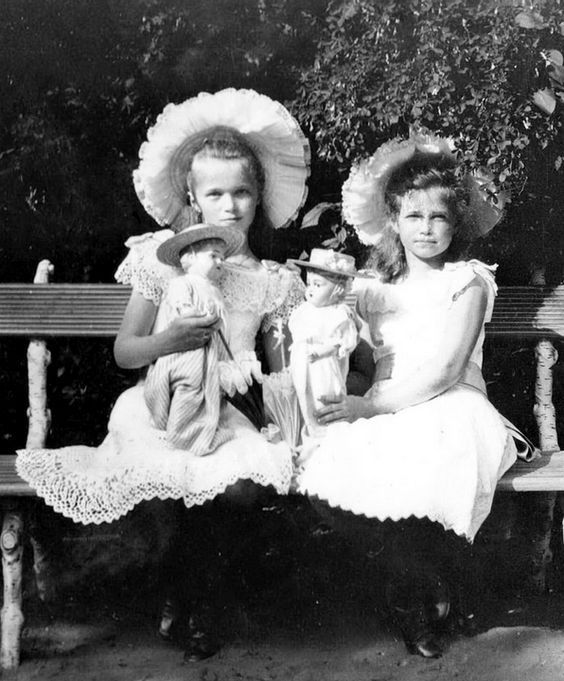
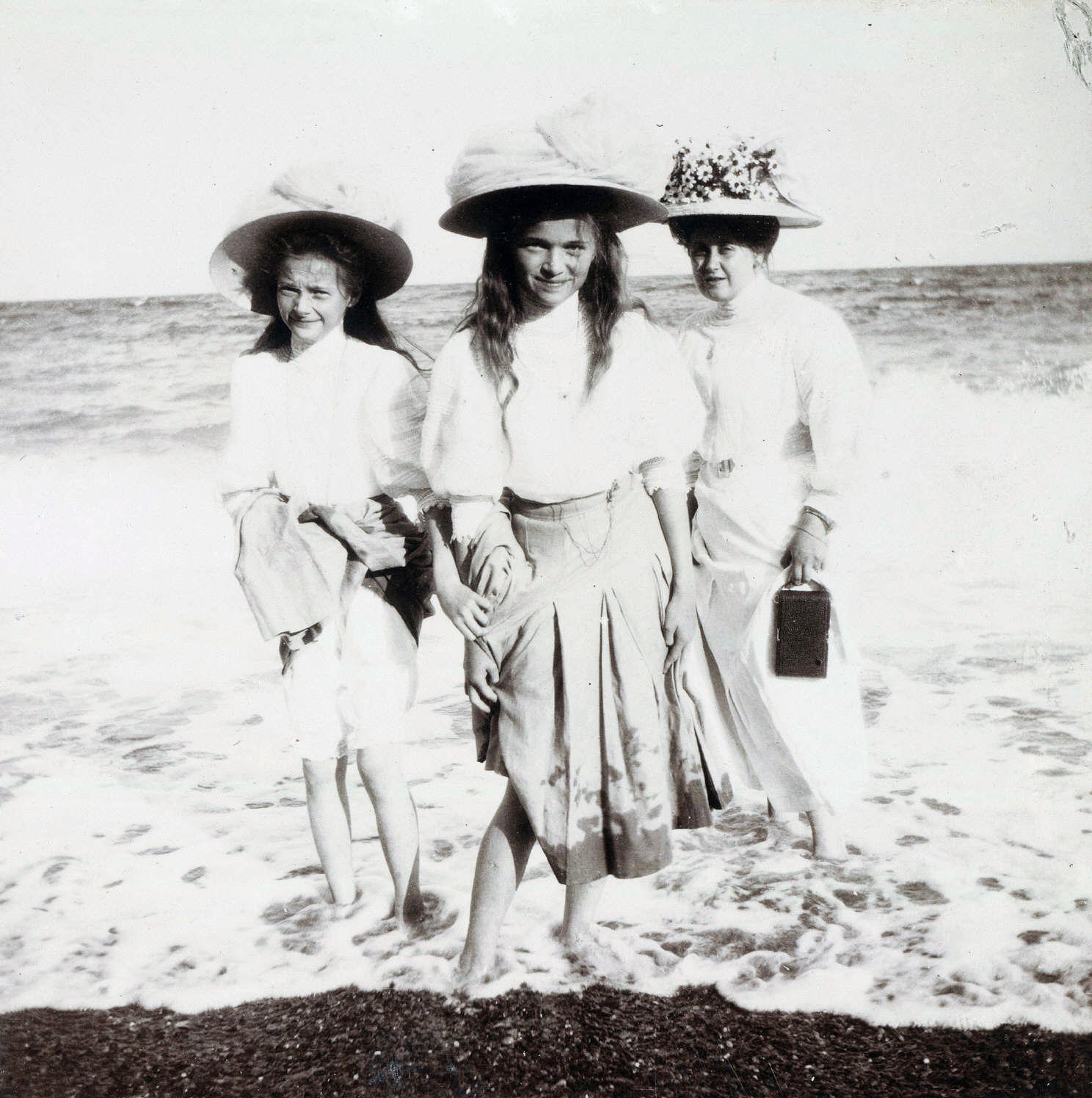
Really love this beach pic! The Grand Duchesses Tatiana and Olga Nikolaevna of Russia with Anna Vyrubova at the beach of the Black Sea near Livadia, 1909
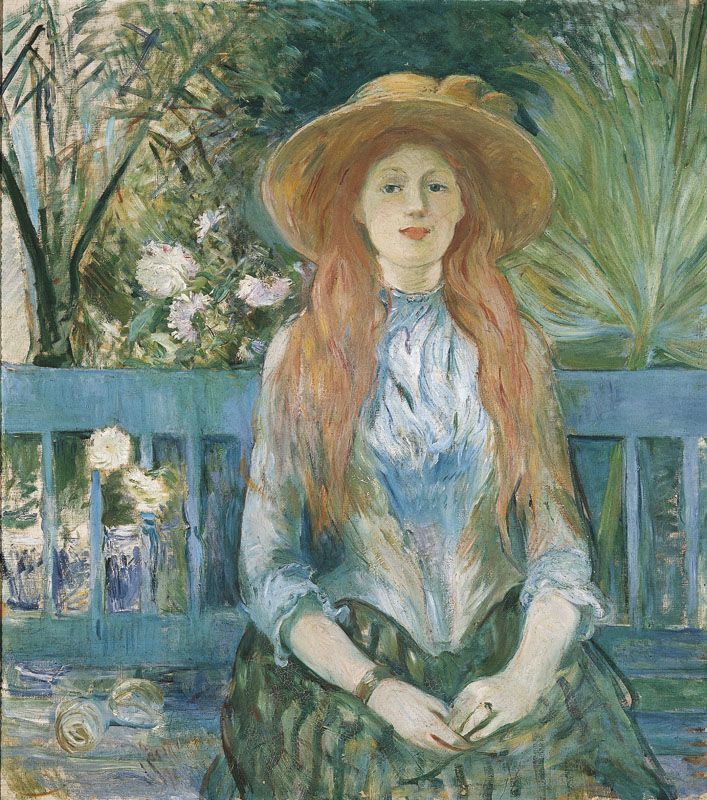

Maria Nikolaevna with a bouquet of roses on her birthday, Peterhof 14th June 1907
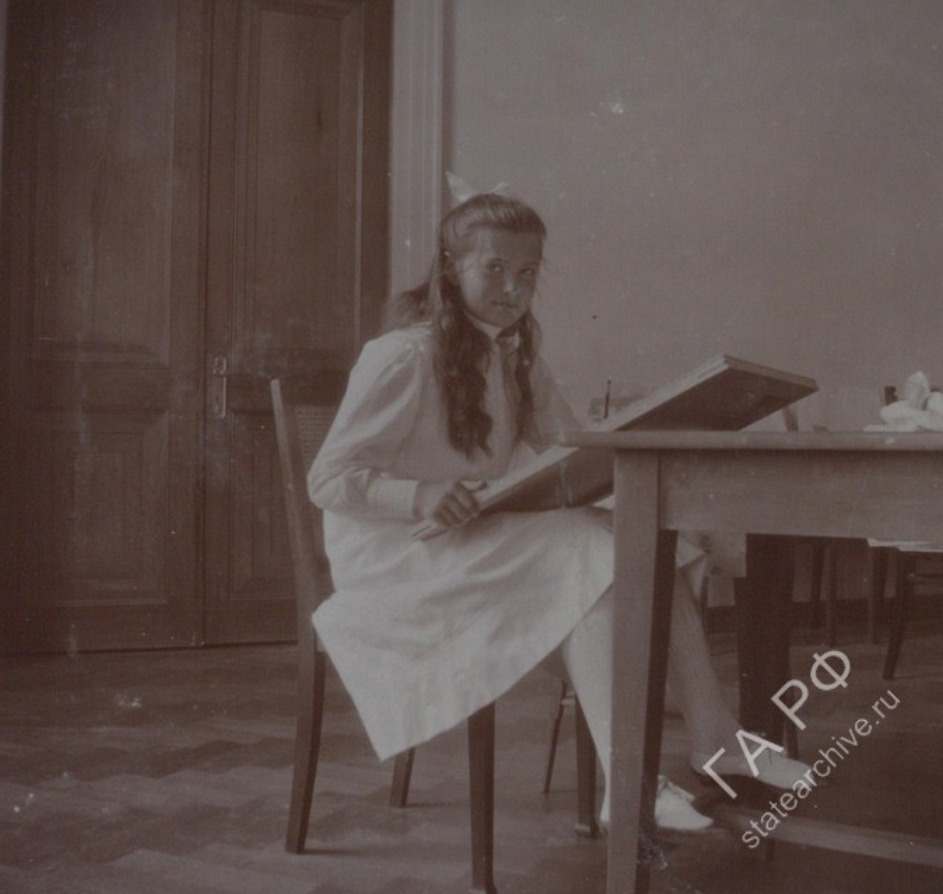
Maria Nikolaevna painting a flower vase in the classroom at the Livadia Palace, 1912
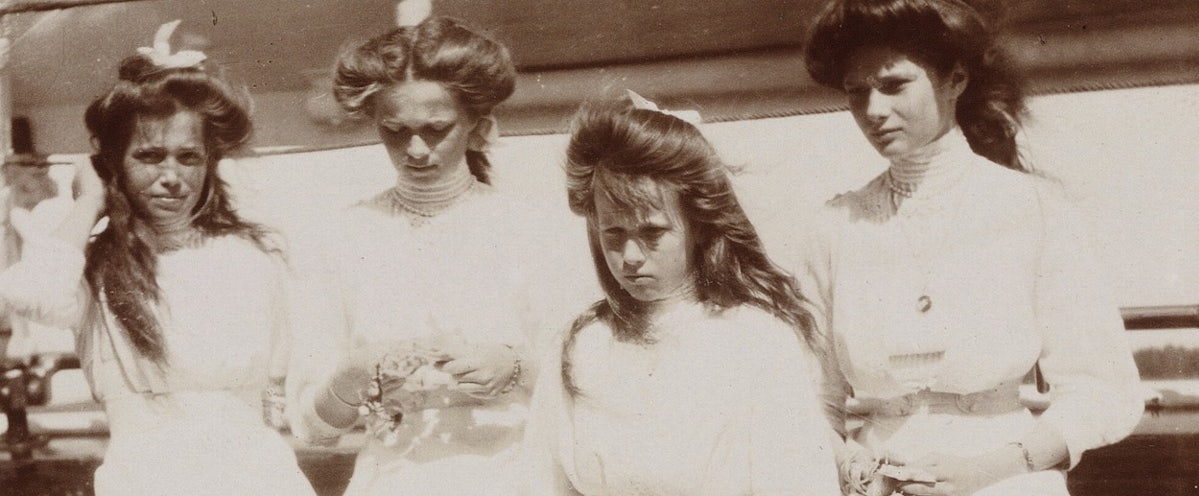
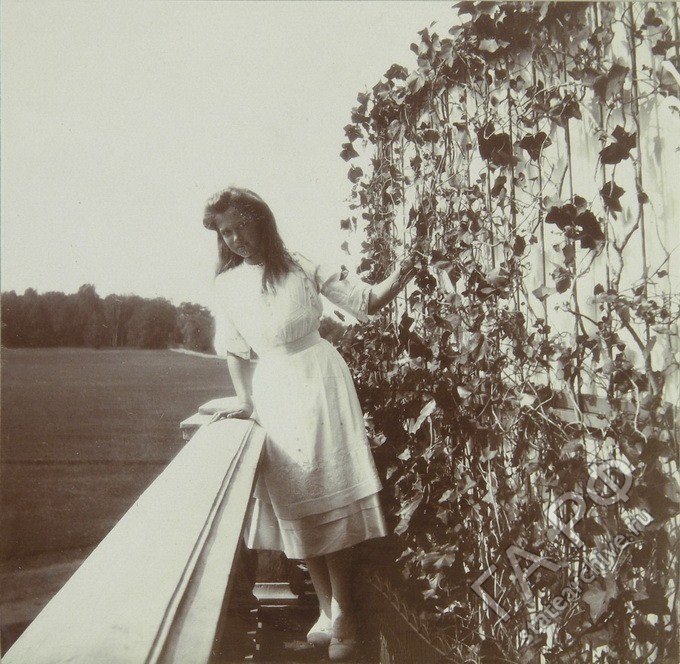
Maria Nikolaevna at the Lower Dacha in Peterhof, 1911
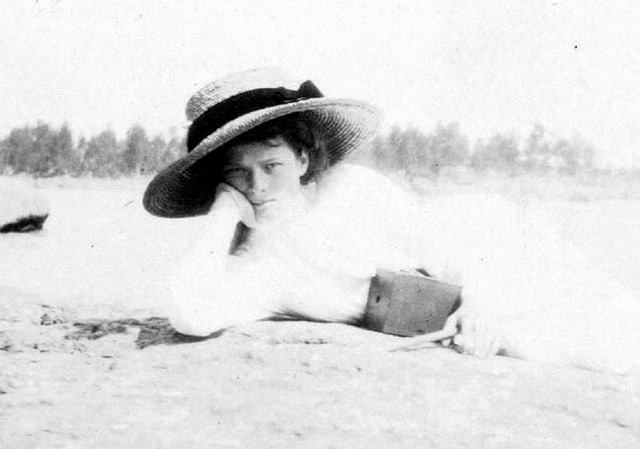
Tatiana Nikolaevna Romanova
Grand Duchess Maria Nikolaevna of Russia with a cousin

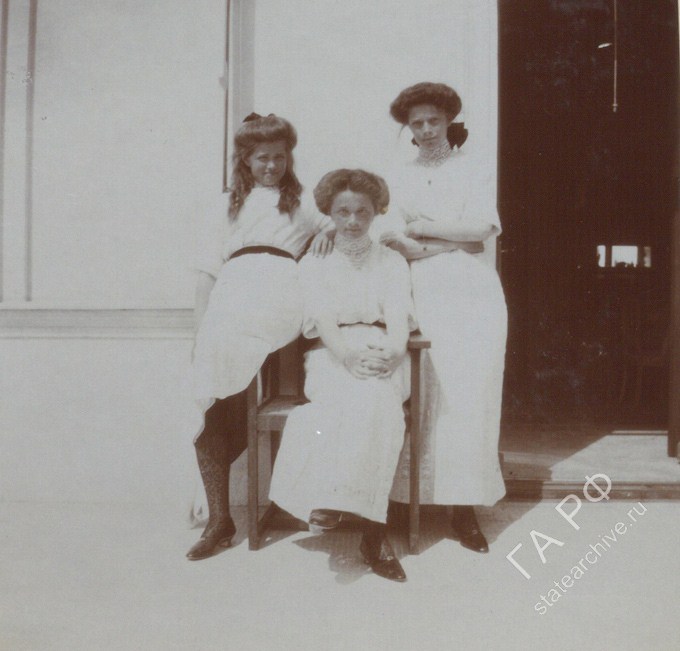
Maria, Olga & Tatiana Nikolaevna at the Livadia Palace, 1912

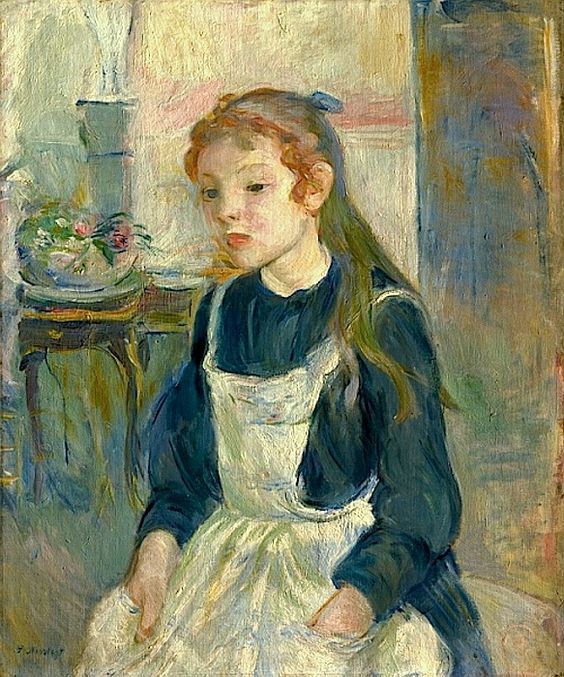

Evelyn Nesbit (1913)
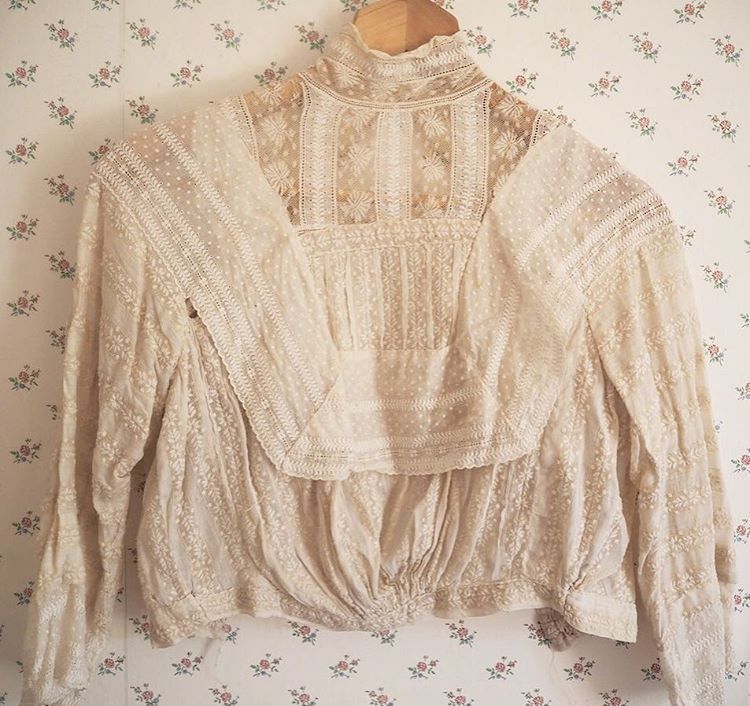
Pic found here.
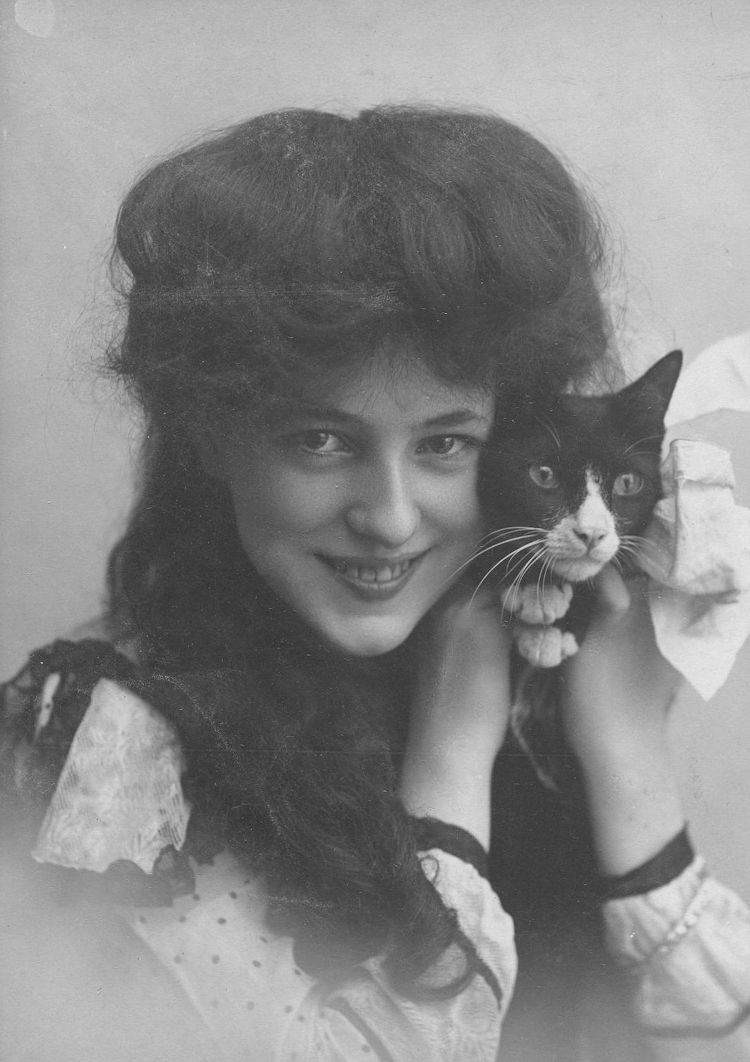
Evelyn Nesbit photographed by Otto Sarony, 1901
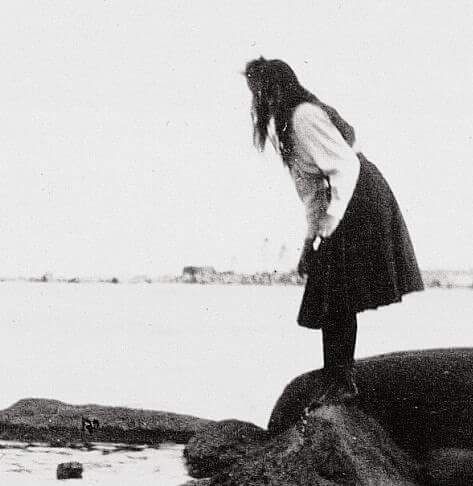
Grand Duchess Maria Nikolaevna Romanova of Russia seagazing.
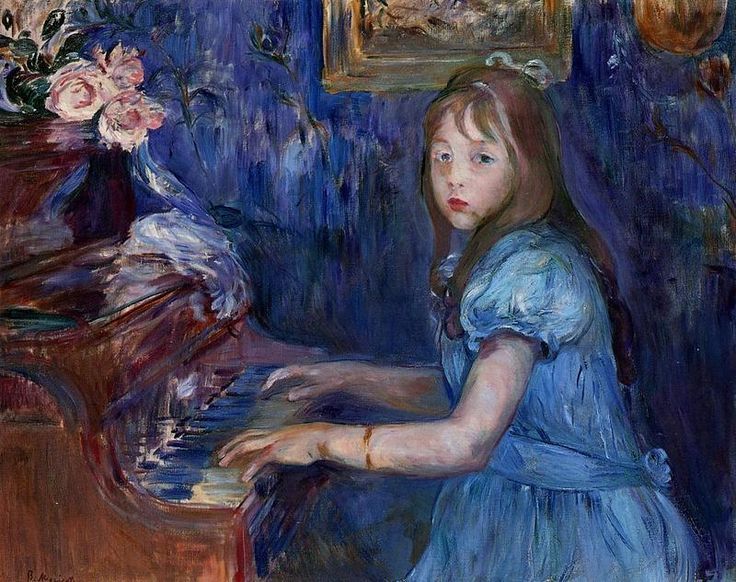

Anastasia Nikolaevna & Alexandra Tegleva in Tsarskoe Selo, 1911
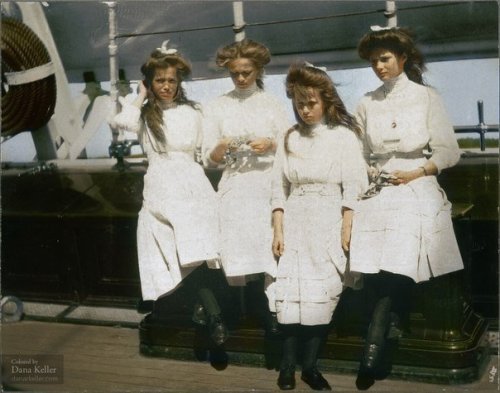
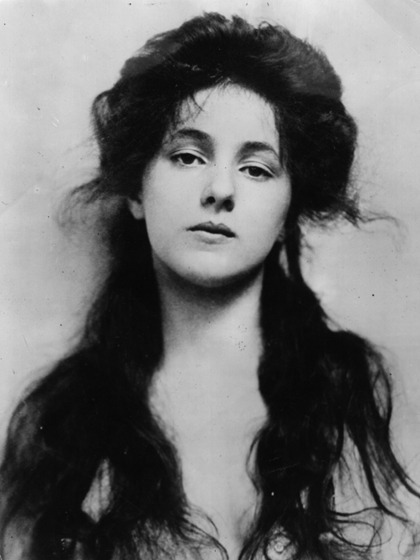
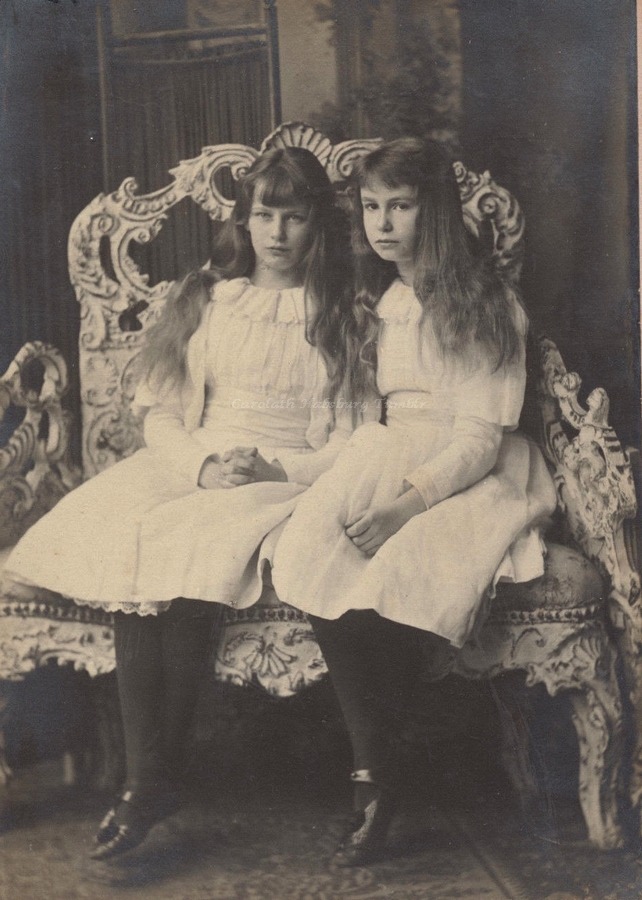
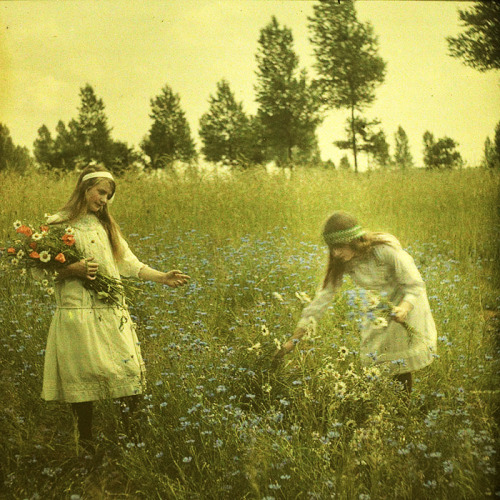
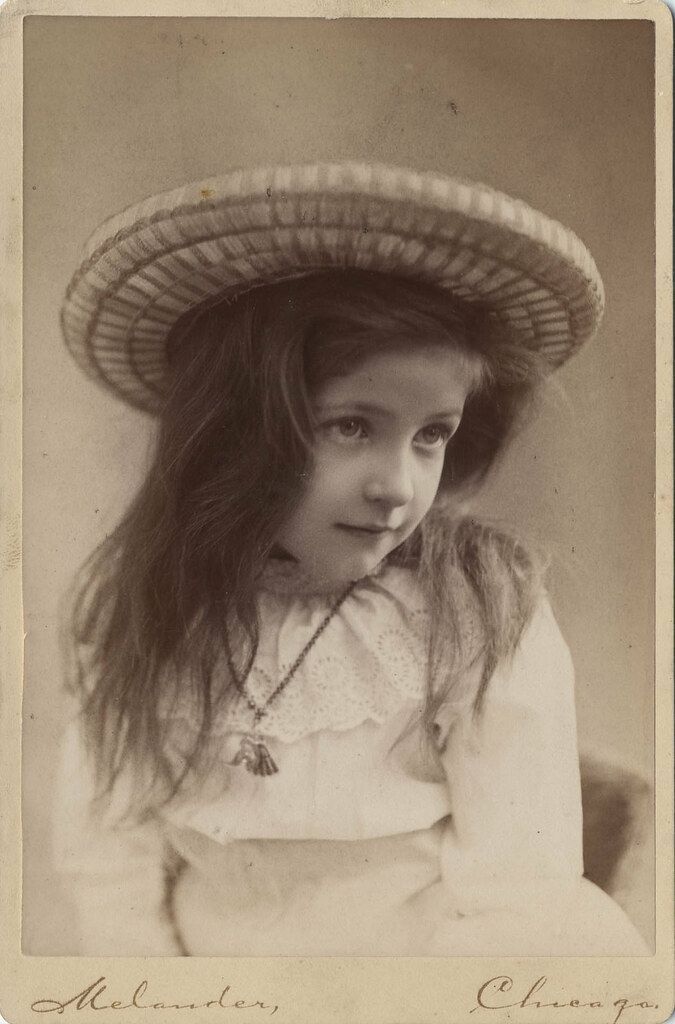
Edwardian little girl, pic by Andy Kraushaar found here.


Maria Nikolaevna in Crimea, 1912
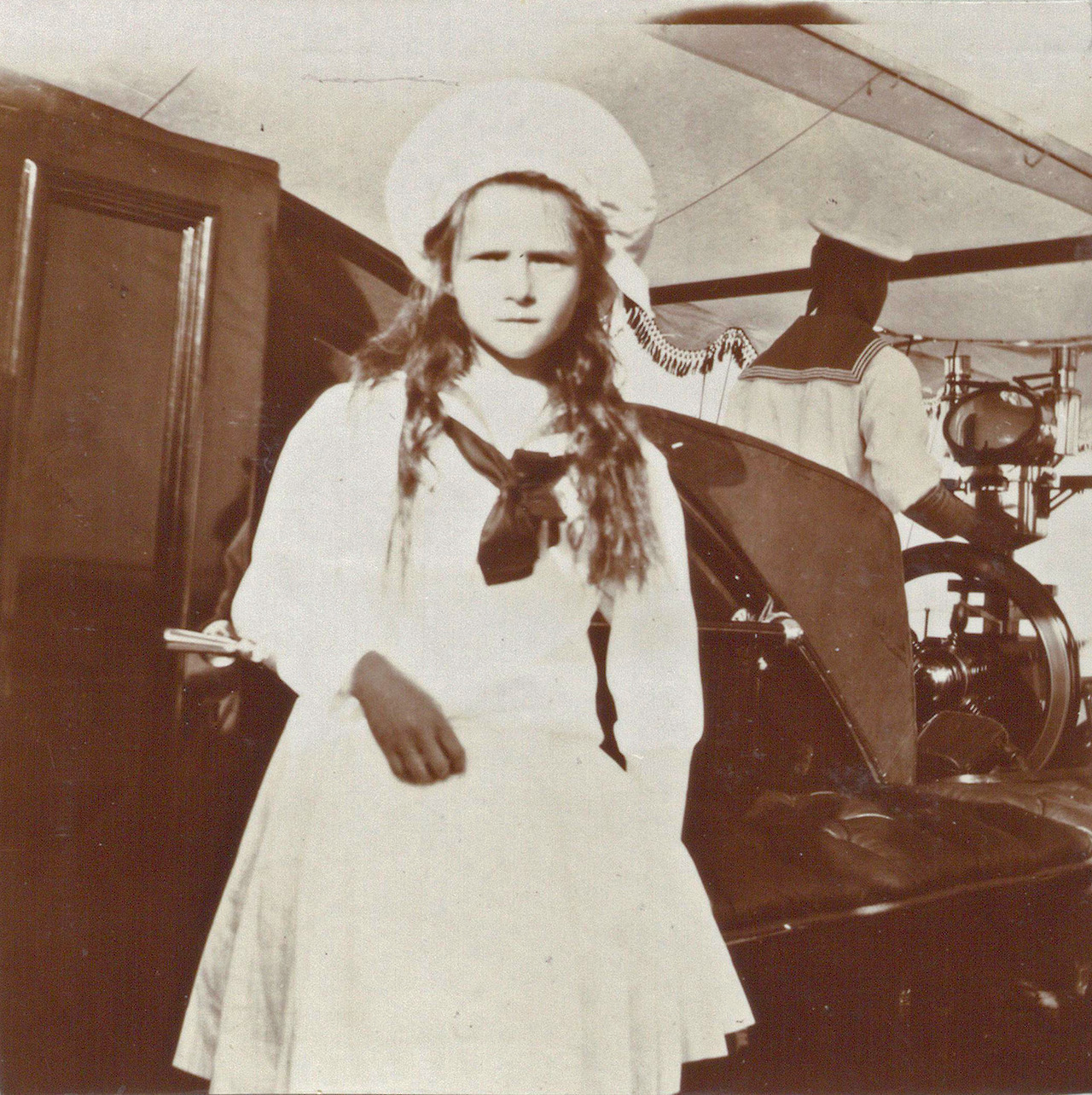
Tatiana Nikolaevna onboard the “Marevo”, 1906


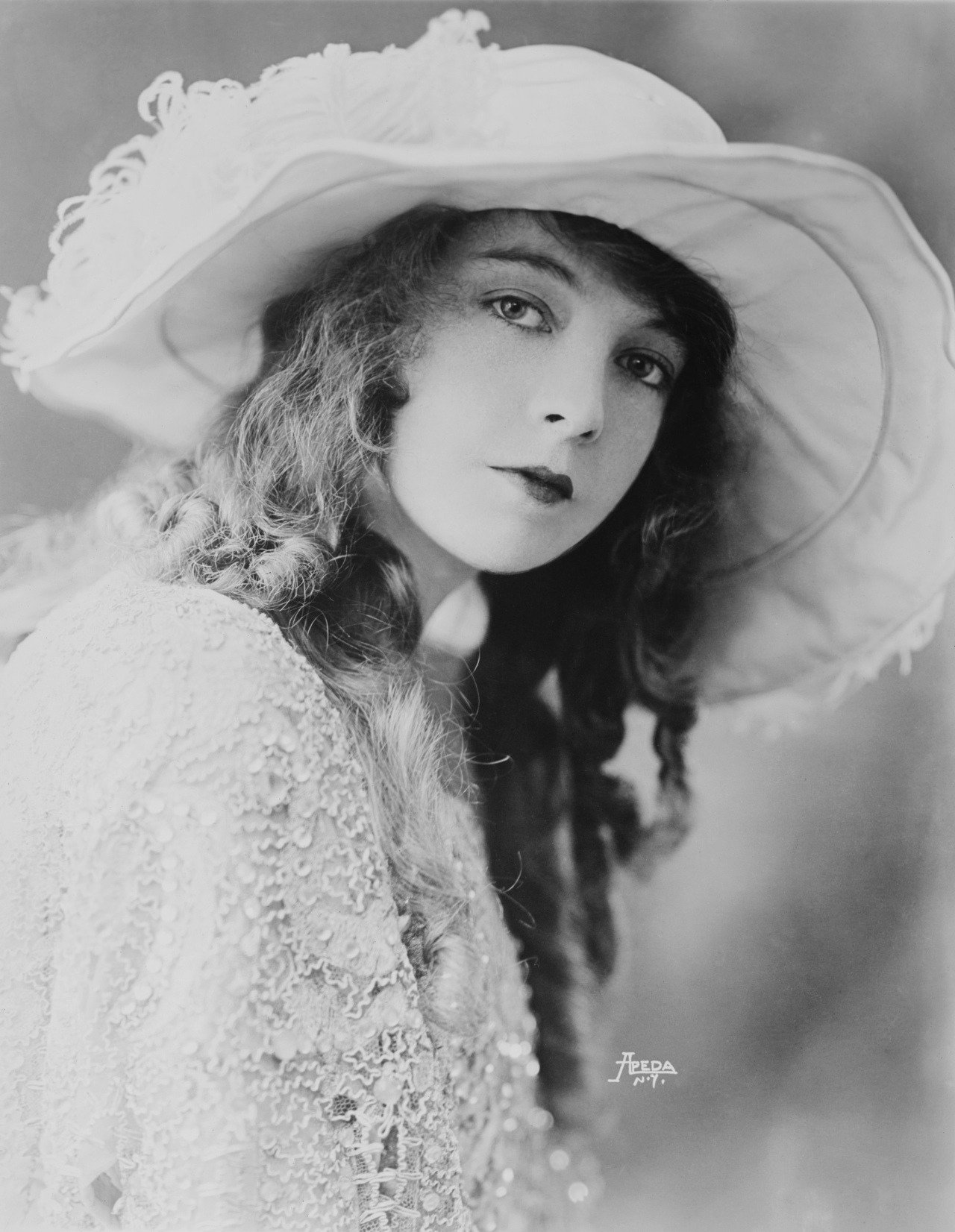
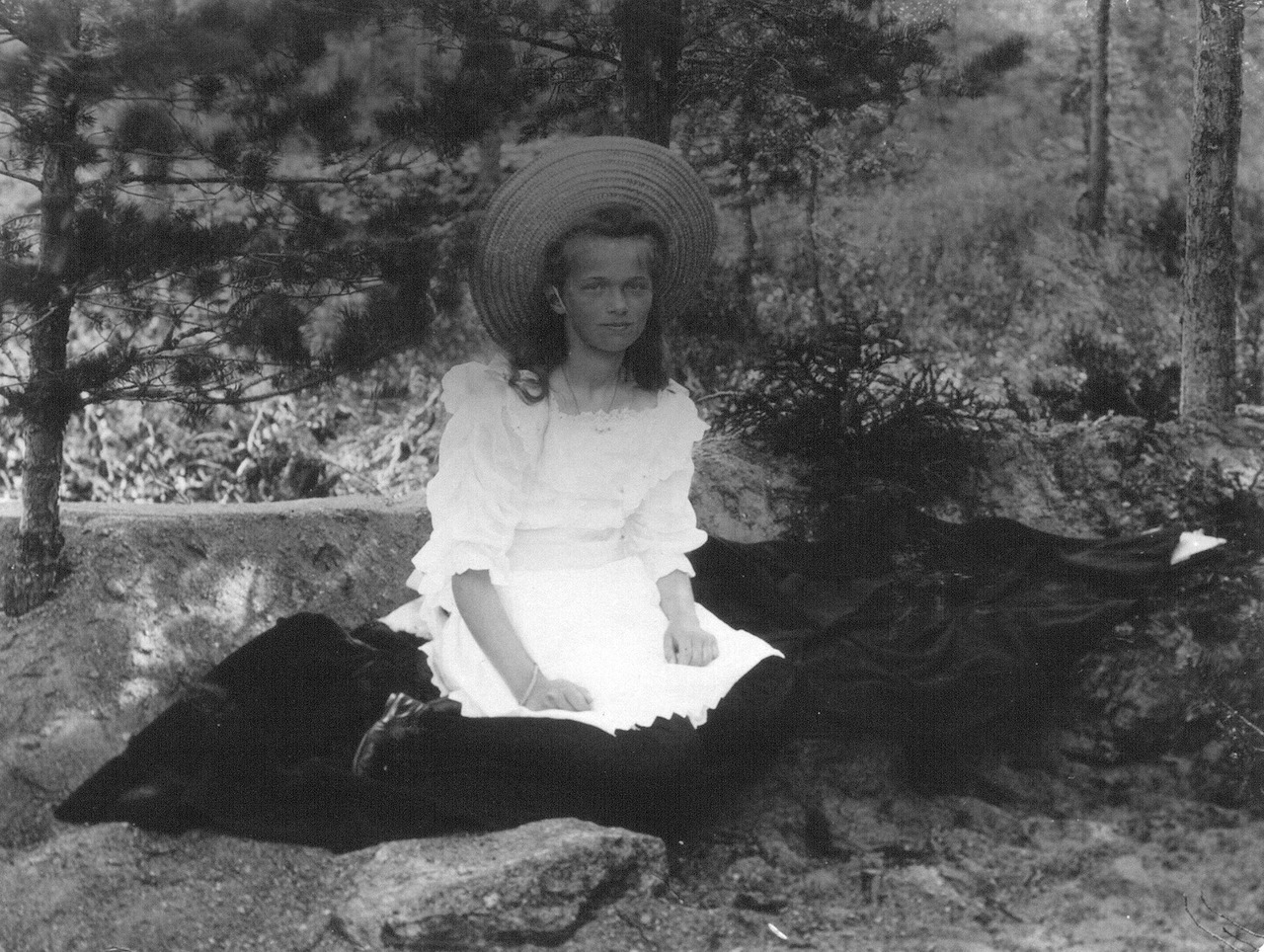
Olga Nikolaevna in the Finnish Skerries, June – October 1908

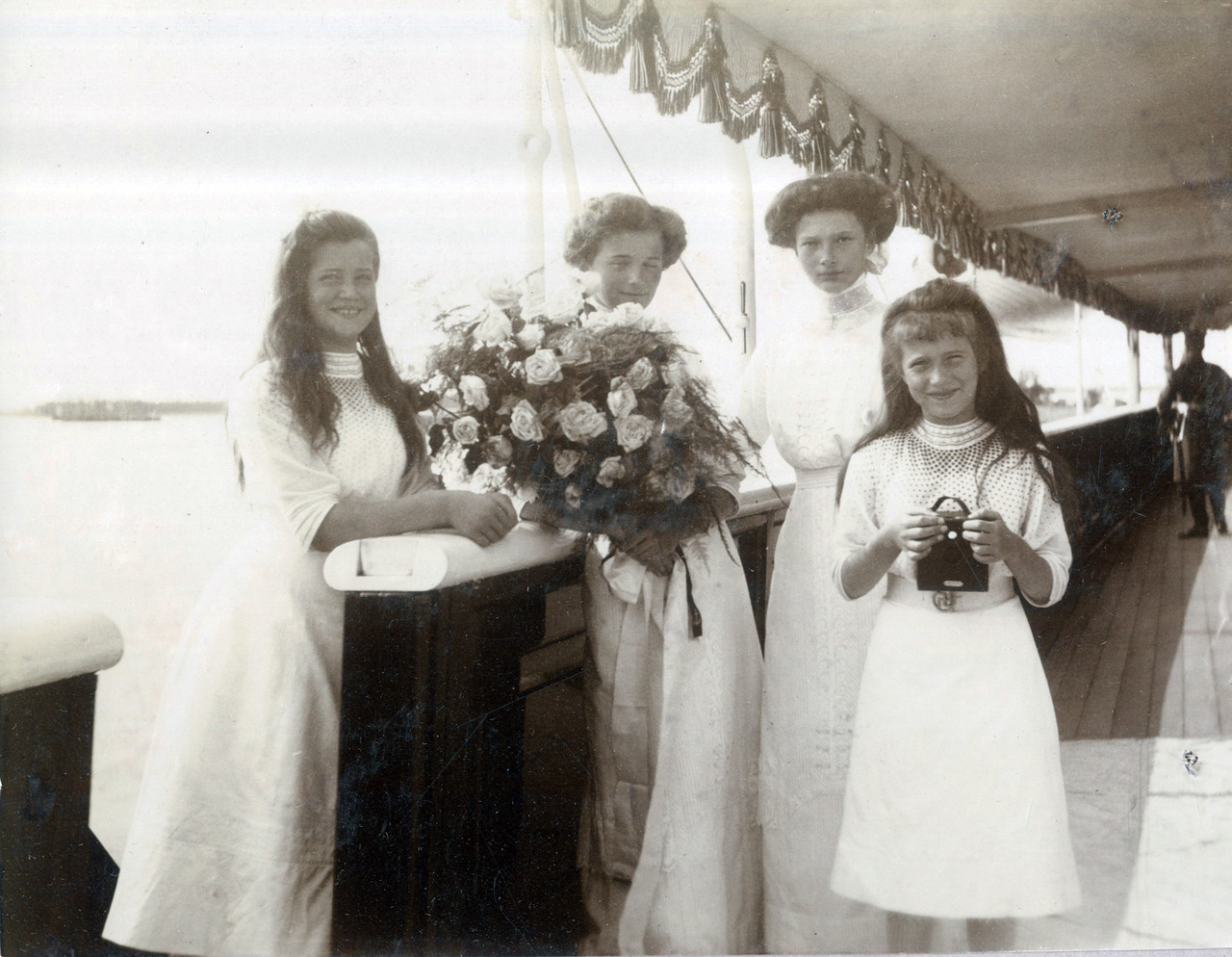
Olga Nikolaevna holding a bouquet of roses surrounded by her sisters onboard the Standart, 11th July 1912, found here.


Grand Duchess Olga Nikolaevna in Tsarskoe Selo, spring 1909
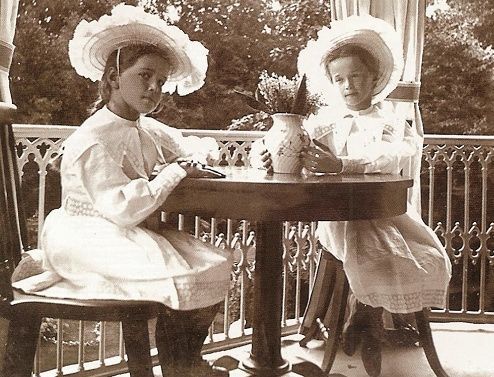
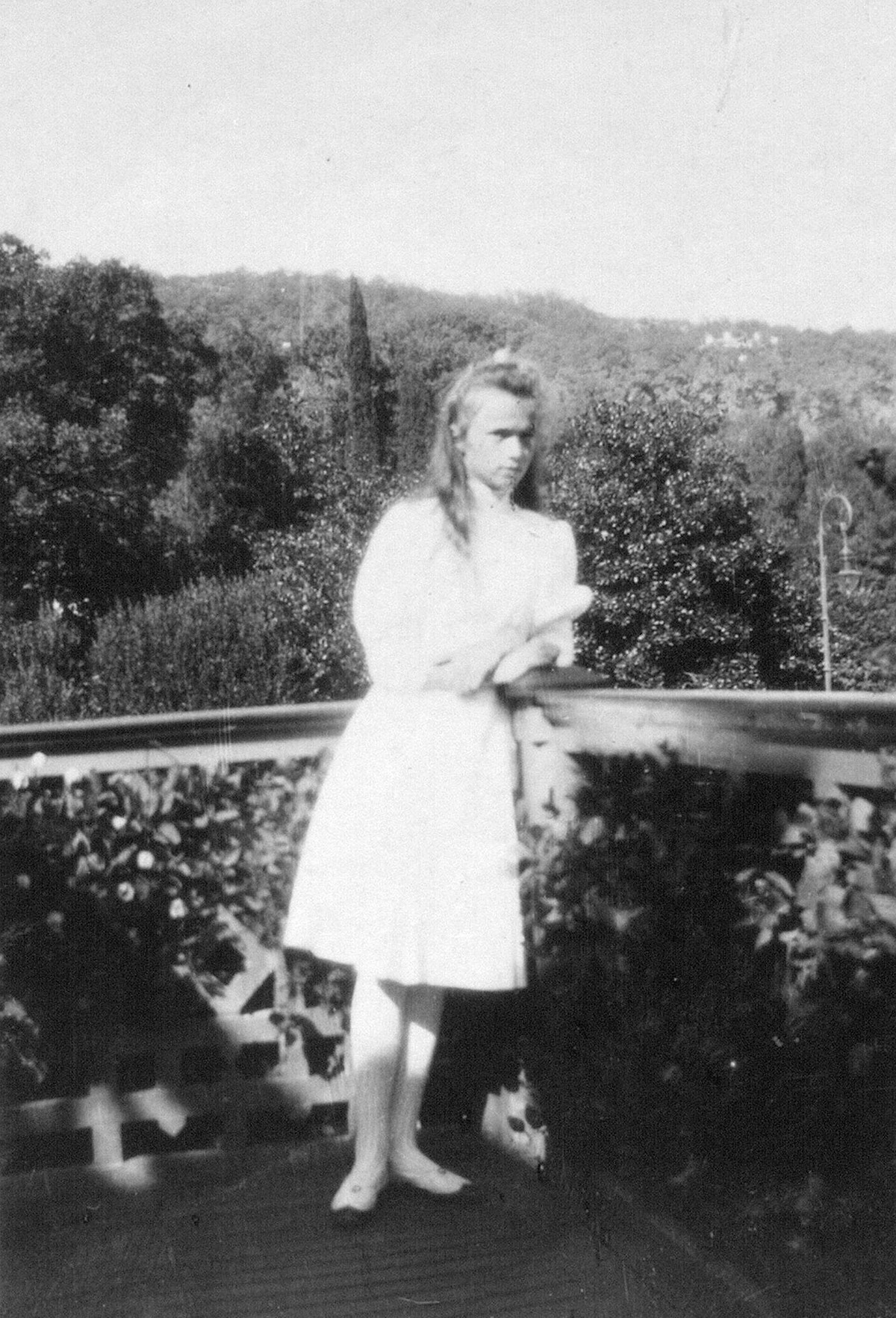
Grand Duchess Olga Nikolaevna at the old palace in Livadia, September-October 1909
